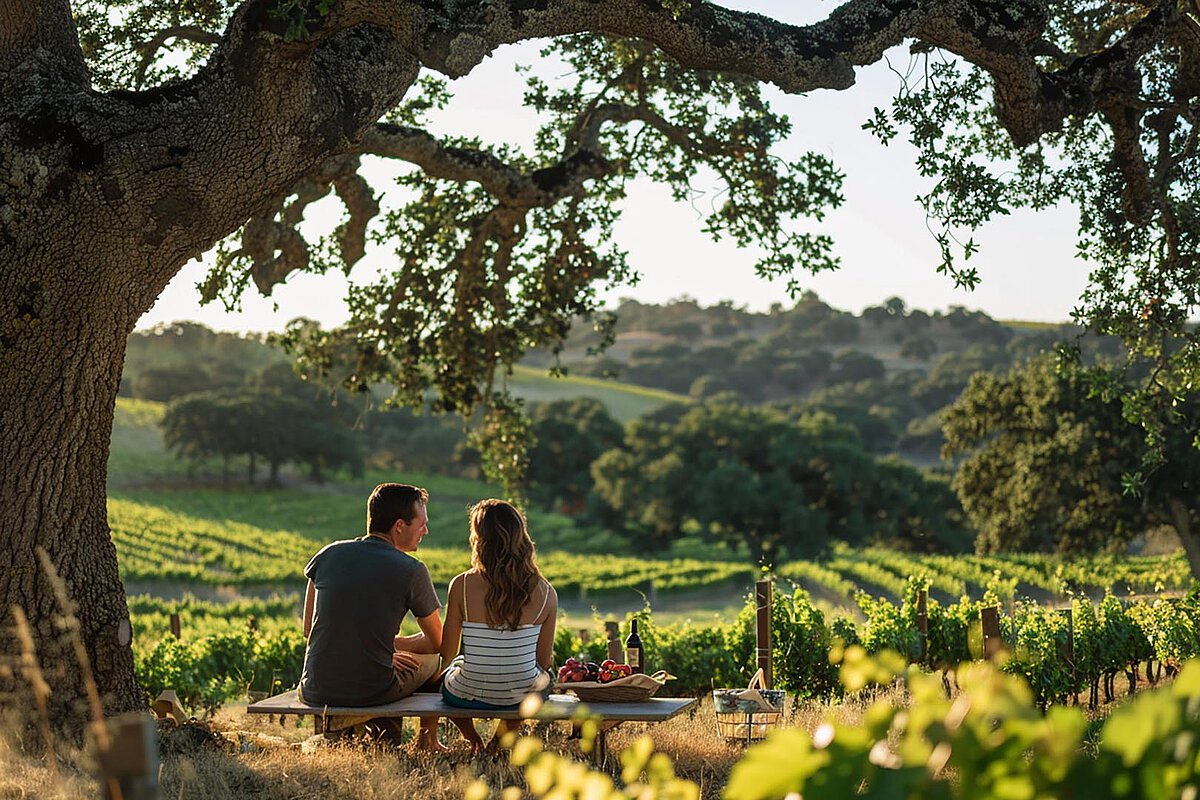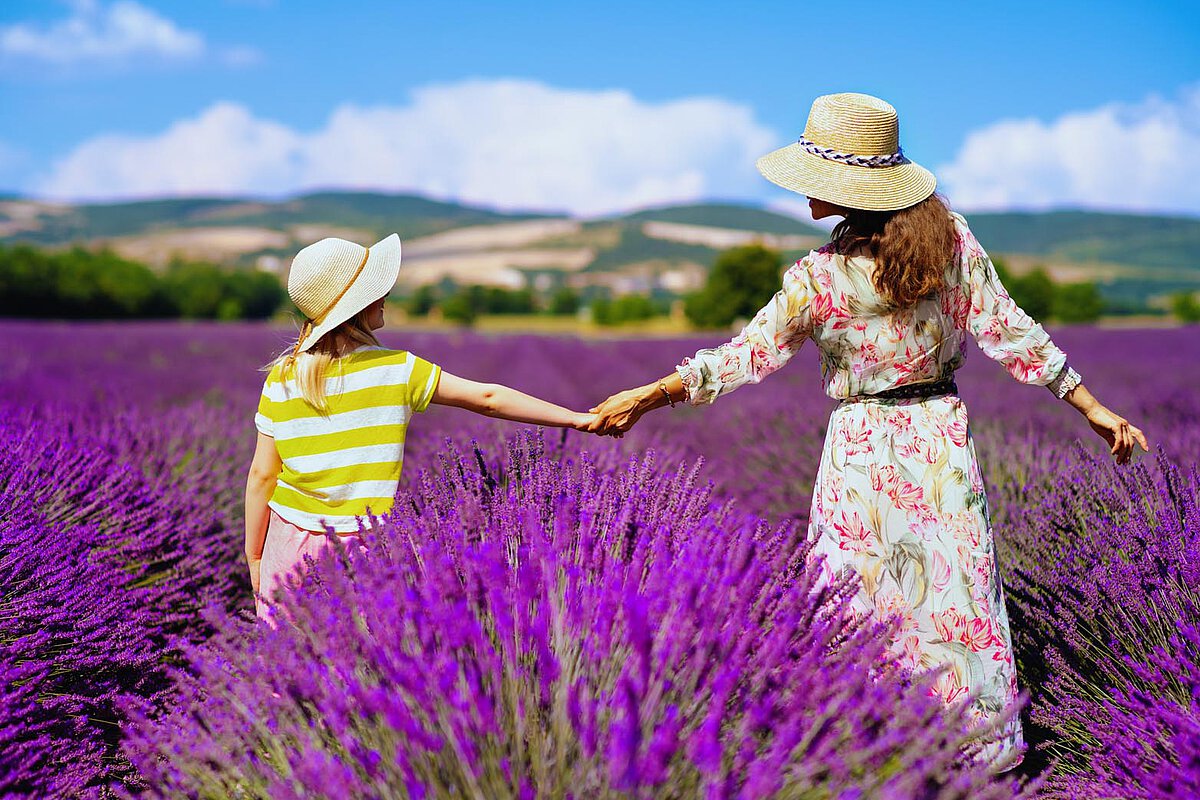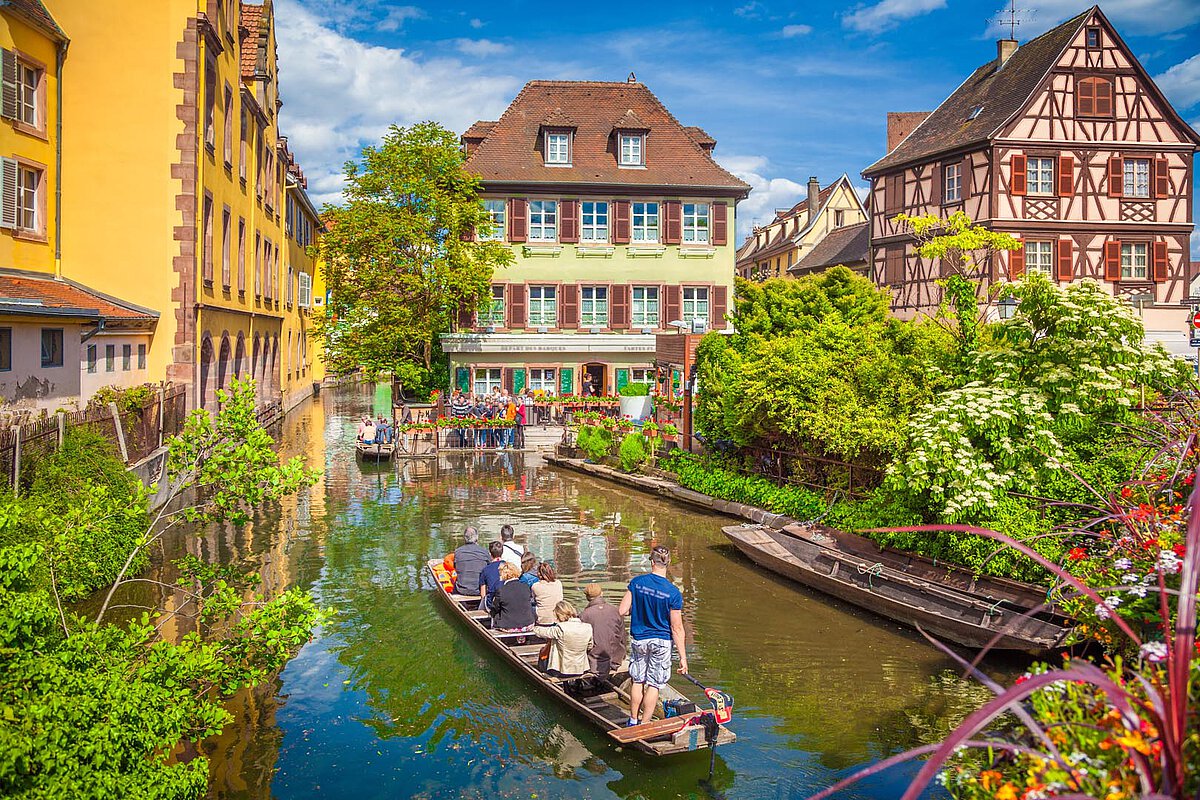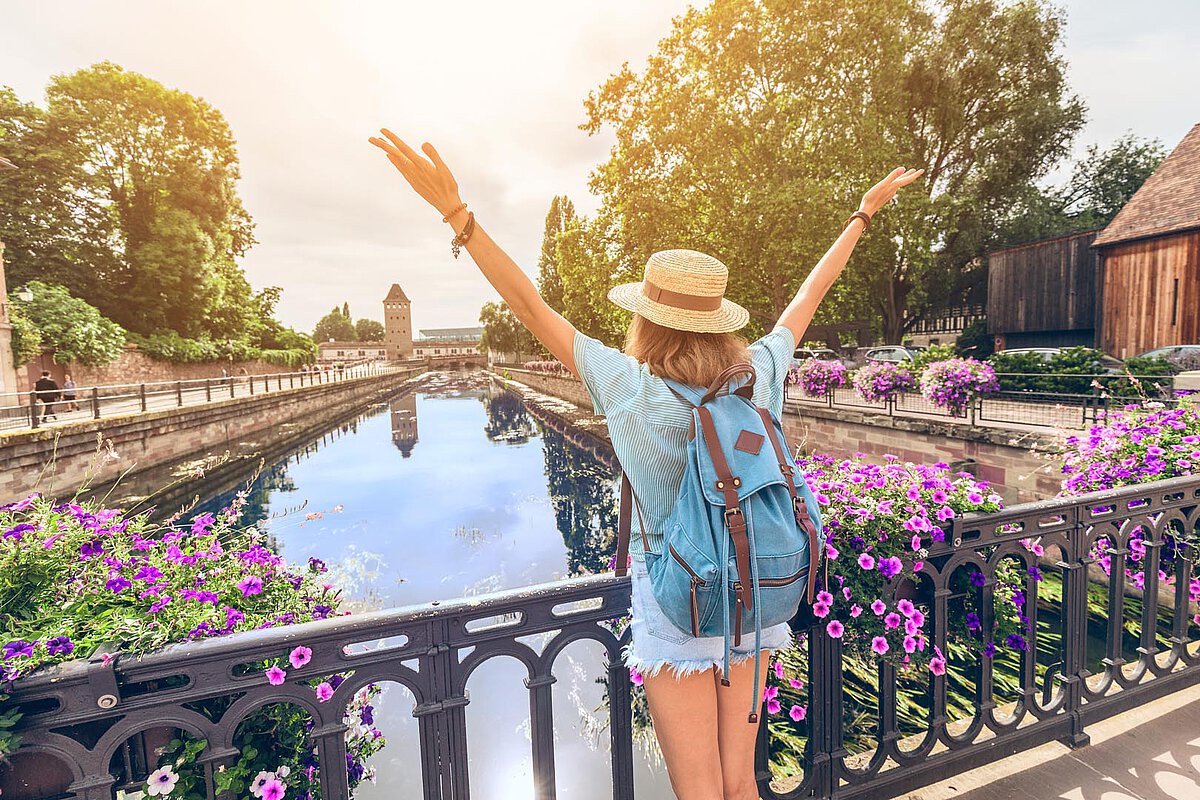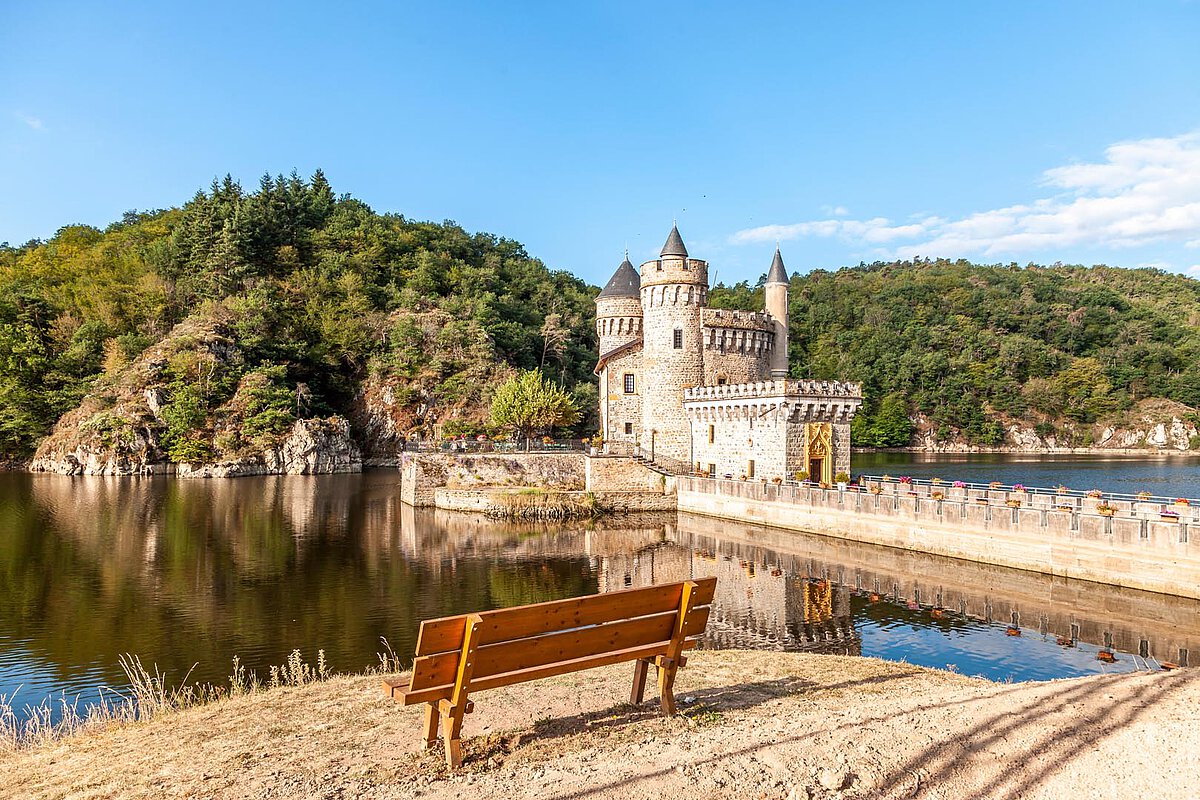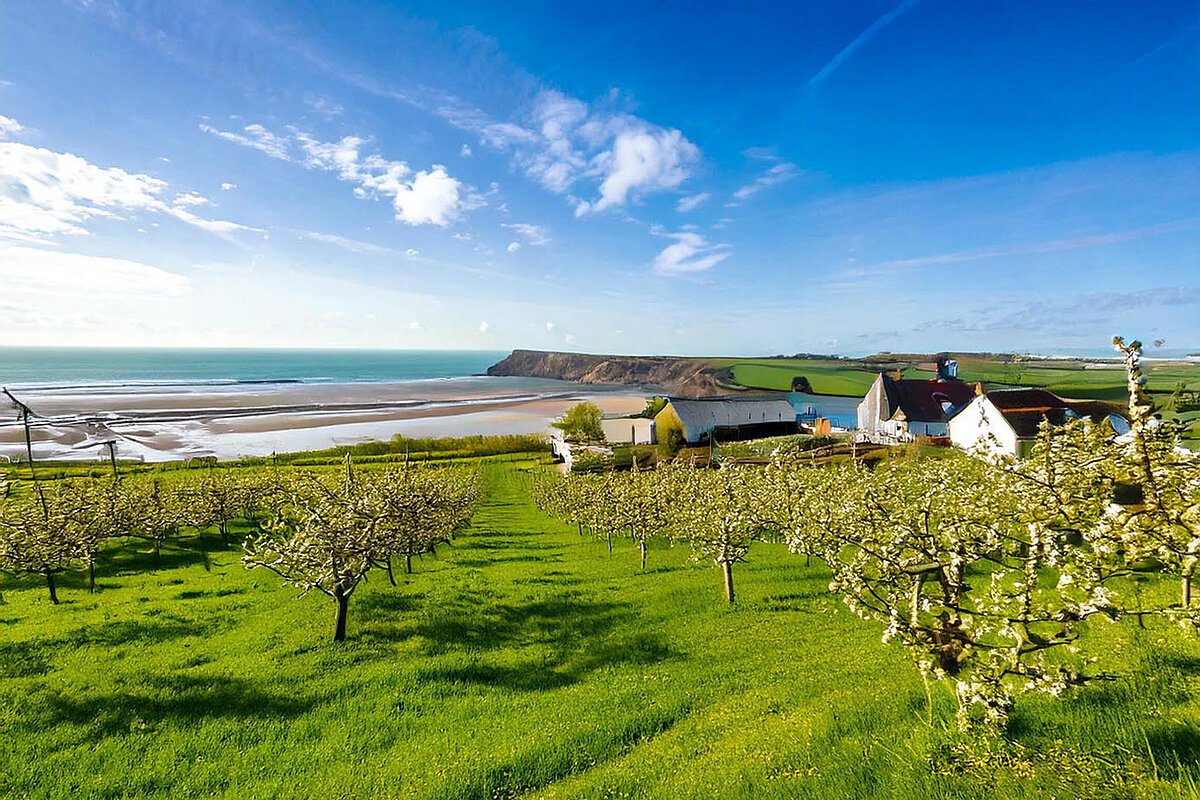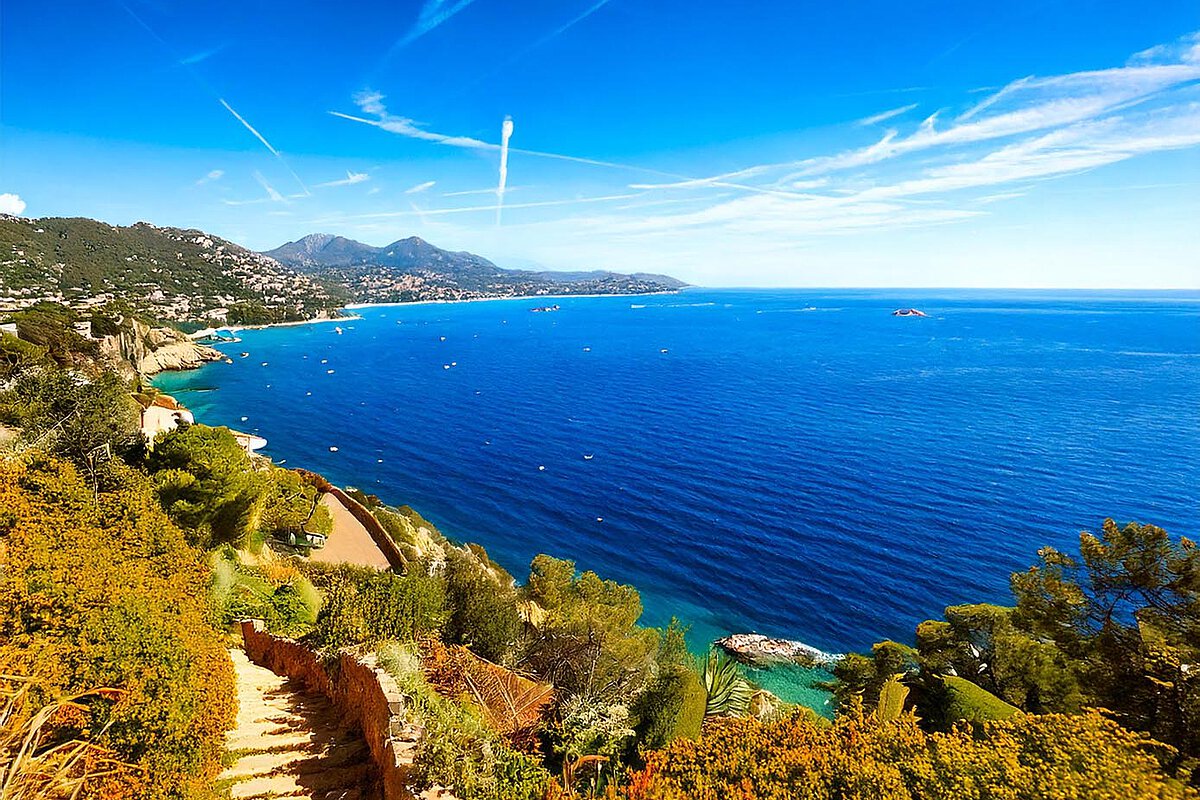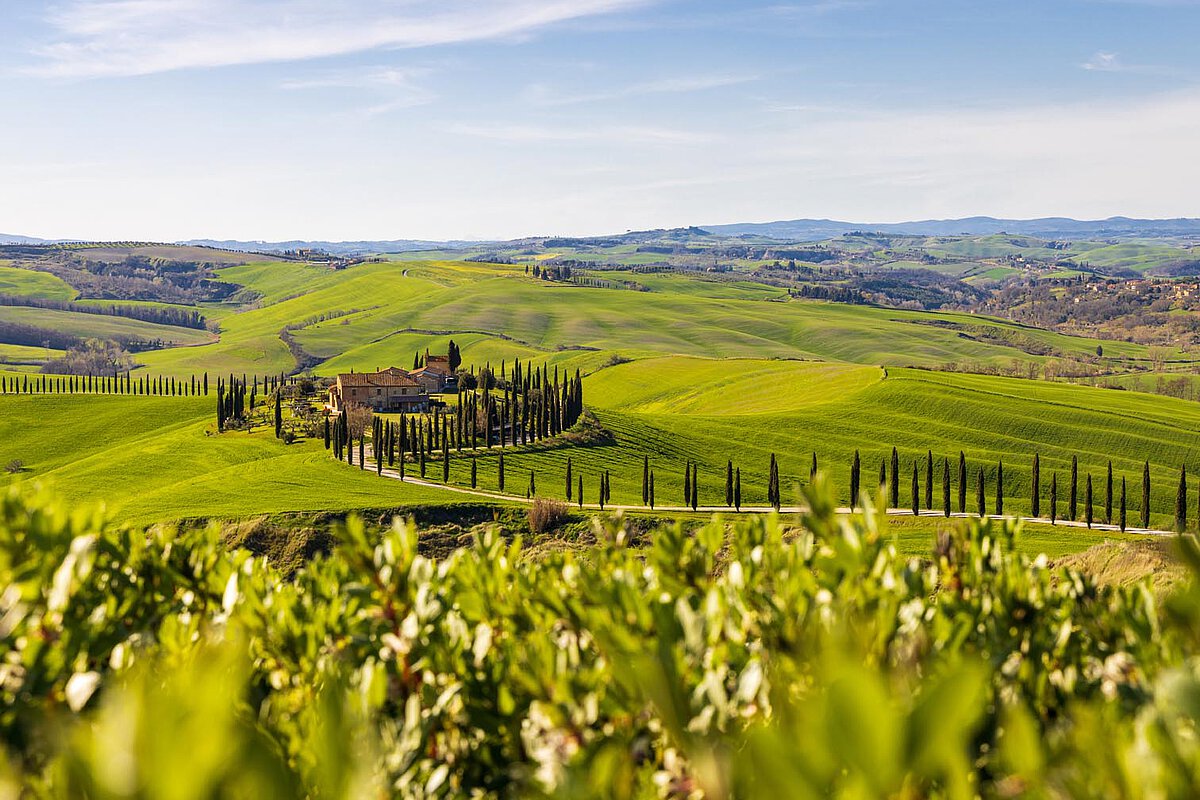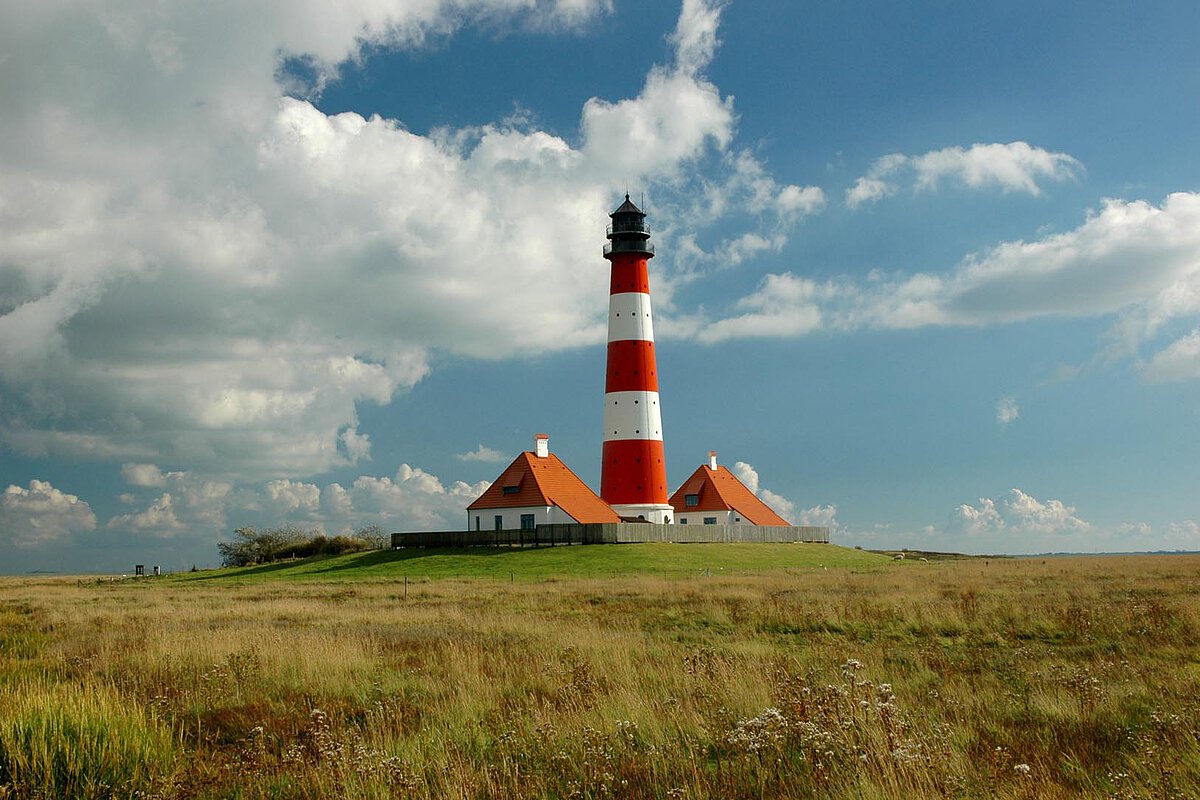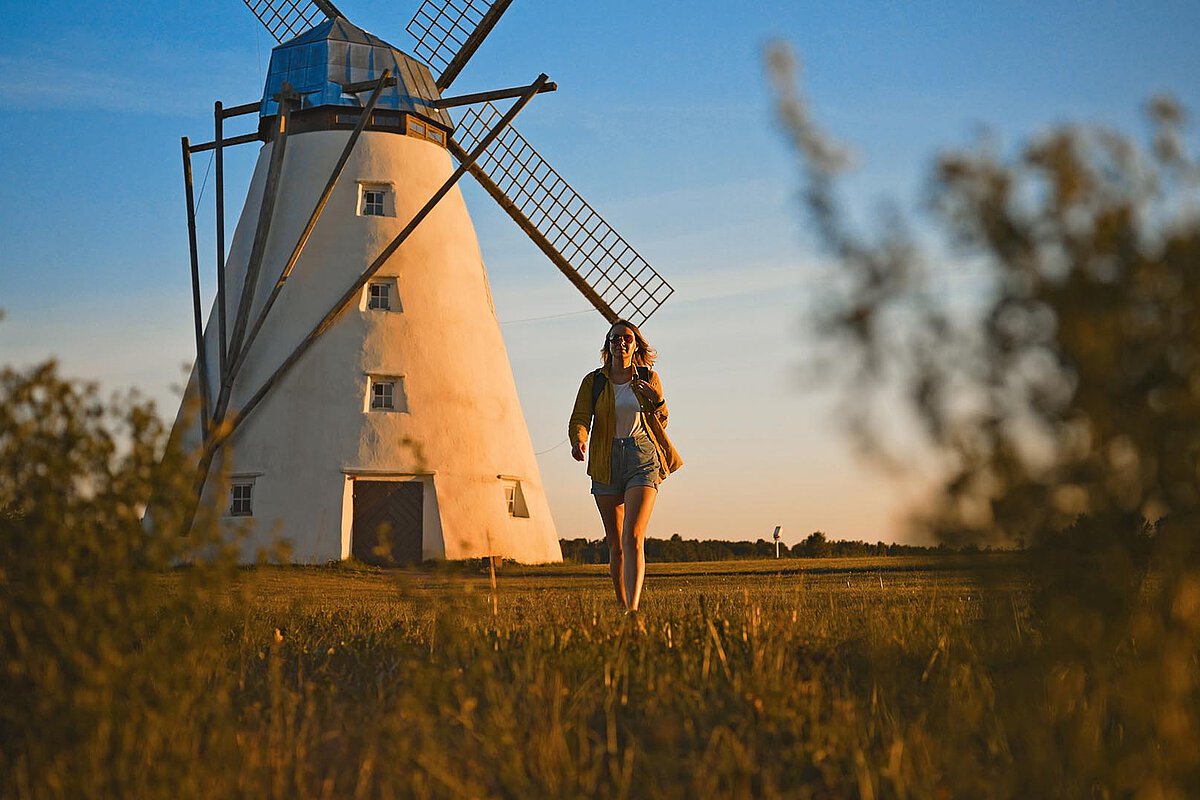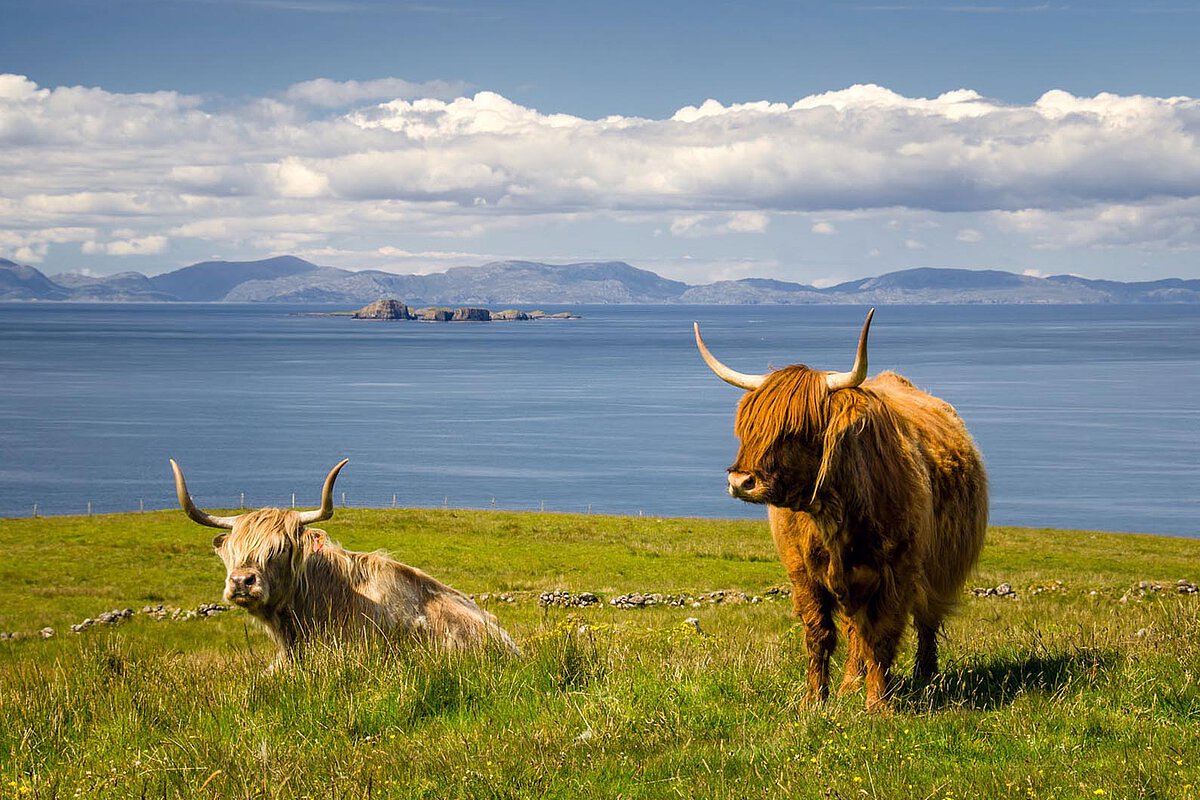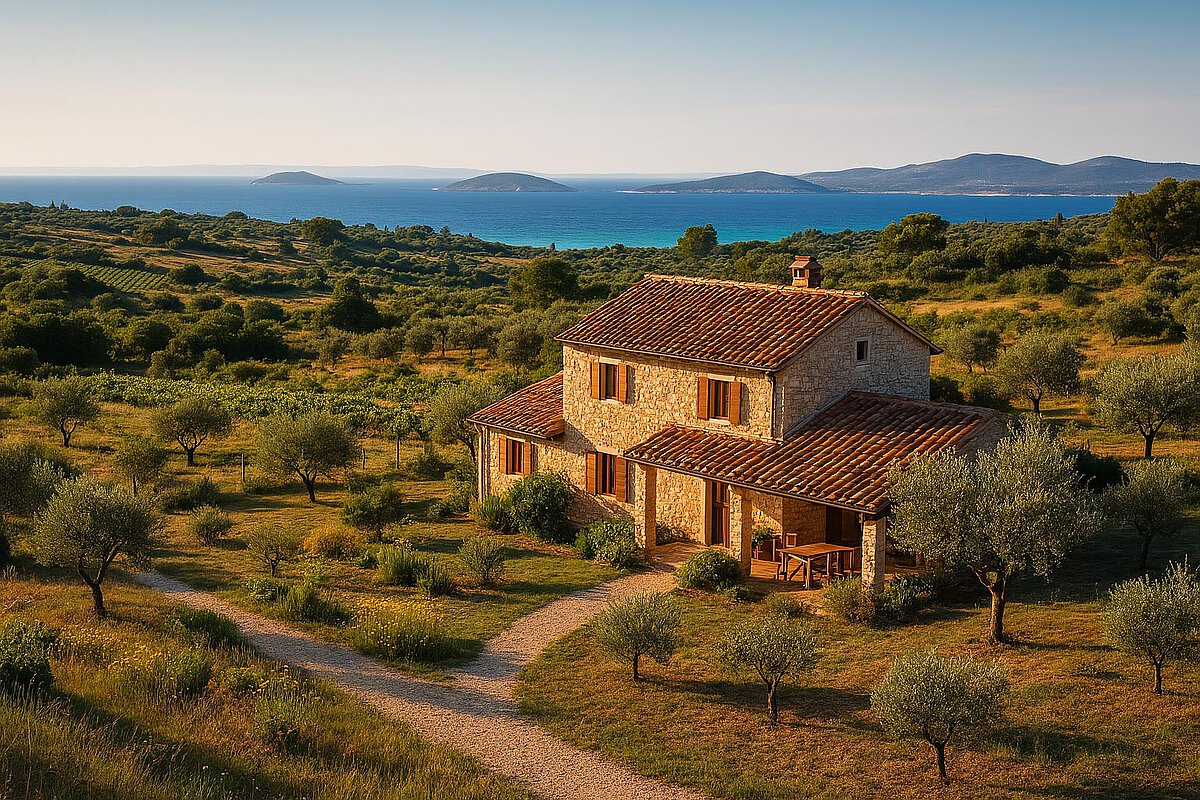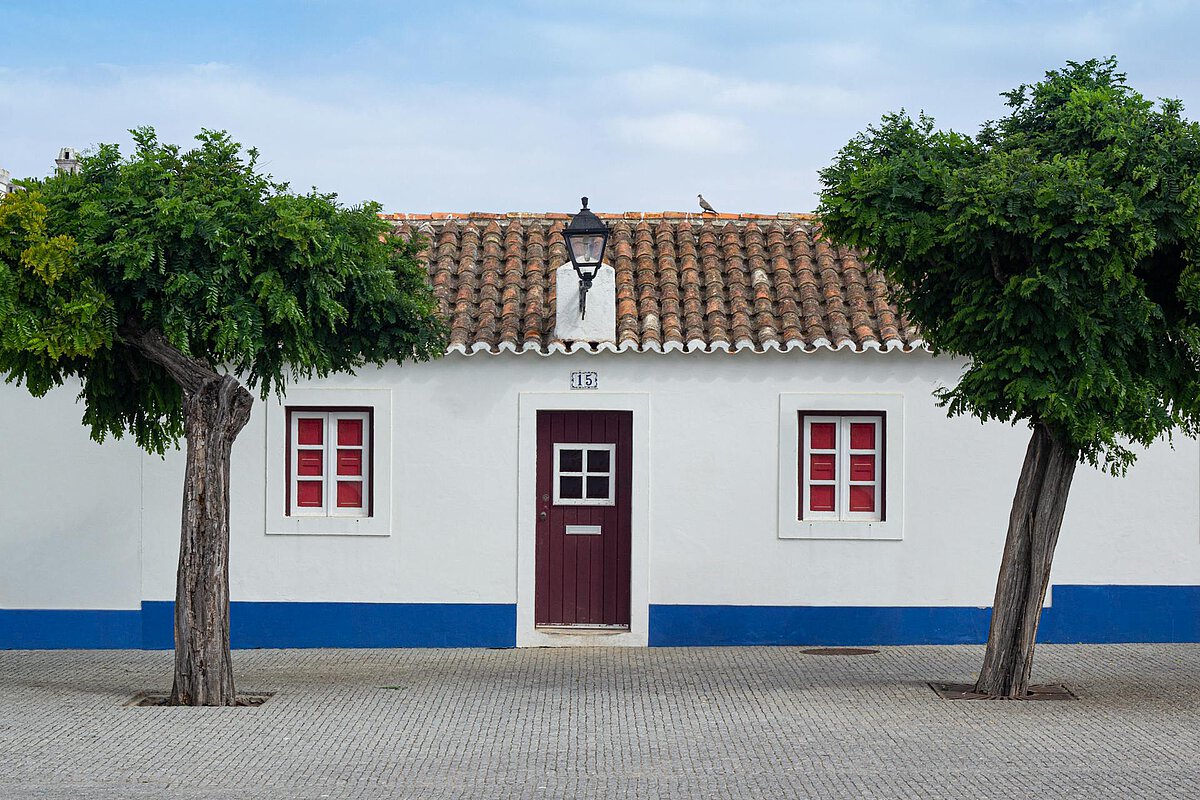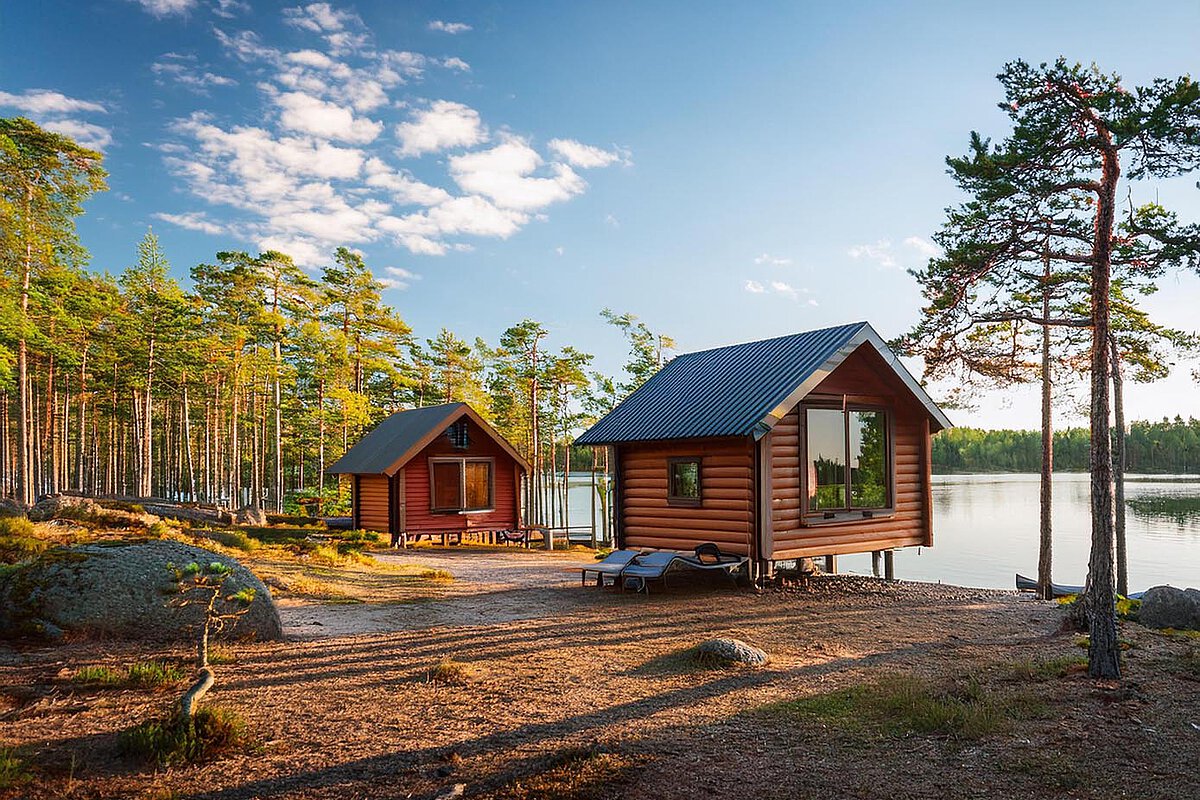Countryside getaways in France
From lavender fields to chateaux hills
France's Most-Loved Rural Regions
Family-Friendly Accommodations
City-Break Escapes
Countryside Sustainable Stays
Didn’t find what you were looking for?
Discover these countryside gems!
France - Where Beautiful Nature and World-Class Cuisine Meet
France holds the well-deserved title of being the world's most-visited country. Across the country, you'll find performing arts festivals, cultural attractions, medieval castles, Renaissance palaces, fun amusement parks and much more.
Perhaps its most famous cultural feature is its gastronomy, which is renowned all around the globe and draws on the country's outstanding produce and farming expertise.
Facts about France
France is a country in western Europe that borders the Mediterranean Sea, the Atlantic Ocean, the English Channel, and the North Sea. Its neighbours are Spain to the south, Italy and Switzerland to the east, Germany to the northeast, and Luxembourg and Belgium to the north.
The size of the country, not including overseas territories, is 643,801km2 and the population is 68.1 million people. The official language is French. Spanning different climate zones and featuring varied landscapes, France is the leading agricultural nation in the EU.
French cheeses are loved the world round, while France ranks among the world's leading producers and exporters of wine.
French agriculture and production
Agricultural area, covering around 30 million hectares, makes up over 50% of mainland France. Croplands and grasslands cover over 90% of French agricultural area, while vineyards and orchards occupy less than 5% of utilized agricultural area.
Key agricultural products of France
Mainland France is a large producer of dairy and beef cattle, grain, protein and oilseed crops, and wine. While vineyards have a small share in the utilized agriculture area, France is the second largest exporter of wine in the world.
Cheese is another significant agricultural asset in France, with more than 1,500 types of cheese produced nationwide. Over 60,000 farms produce beef, poultry, milk, and cereals in large quantities.
France is the biggest producer of cereals, poultry and beef in the European Union and the second biggest producer of milk (behind Germany) and wine (behind Italy).
France is the EU's biggest overall exporter and the world's second-biggest exporter (behind the USA).
Agricultural production by regions
A brief look at the agricultural map of France reveals that the regions of Ile de France, the Loire Valley, and Burgundy are the principal producers of cereals.
The most significant producers of dairy products and meat are the Massif Central, the Rhone Valley and French Alps, Burgundy, Alsace and Lorraine, and Normandy.
Regions producing the most famous French wines are Champagne, Burgundy, and Bordeaux.
The Loire Valley, Provence, Languedoc-Roussillon, and Alsace and Lorraine are other notable producers of French wine.
Regional specialities of France
Roquefort, a semi-soft artisanal sheep cheese, also known as "cheese of kings and popes," is a speciality of the south of France. Roquefort is distinguished by its creamy texture and sharp, tangy flavour.
Camembert is a cow's cheese produced in Normandy. Soft and creamy, Camembert comes in different varieties, of which Camembert Le Chatelain is the most reputable one.
Wines produced in Champagne are among the most-prized wines in the world. Some Champagnes that stand out are Bollinger, Moët et Chandon, Veuve Clicquot, and Salon.
Many French reserve Burgundy wines, such as Chablis, Gevrey-Chambertin, and Bourgogne Pinot Noir, for special occasions.
France is the biggest producer of cereals, poultry and beef in the European Union and the second biggest producer of milk
(behind Germany) and wine (behind Italy).
France is an explorer's paradise
France abounds with medieval and ancient landmarks, Baroque palaces, and amusement parks.
Top attractions
A look from the third level of the Eiffel Tower in Paris reveals the entire Ile de France, while the Louvre Museum exhibits works of art from all around the world.
Take a short ride by car from Paris to Disneyland and have fun riding roller coasters, attending shows, and exploring Nautilus and Robinson Crusoe's dwelling.
To experience unparalleled splendour, visit the Palace of Versailles. The palace features opulent interiors, priceless works of art, and manicured gardens with fountains, sculptures, and stunning flowerbeds.
Featuring over 2,000 statues, Reims Cathedral used to be the coronation site for almost every king of France. Travelling to Reims takes you via the vineyards and wine estates of Champagne, a famous wine-producing region.
To pair a Champagne wine with excellent cheese, visit Normandy, the homeland of Camembert cheese. While there, don't miss Mont Saint-Michel, an abbey standing atop a hill that becomes an island during high tide.
On your way from Champagne to Normandy, savour the unspoiled nature of the Loire Valley and enjoy a boat tour along the Loire River.
Off-the-beaten-path attractions
Basilica Saint-Denis, north of Paris, safeguards funerary sculptures of French monarchs and is well worth a visit.
Located in the pretty town of Beavais, around 100km north of Paris, Beauvais Cathedral is another majestic building, boasting the highest choir ceiling in the world.
For some time in the great outdoors, explore the hiking and mountain biking paths of the mountainous Parc Naturel Regional des Alpilles, before visiting the Pont du Gard, a 50-meter tall Roman aqueduct in Languedoc-Roussillon.
The rural Parc Naturel Regional du Morvan is another favoured natural haven, with a landscape dominated by farms, lakes, rivers, and forests.
It's the perfect playground for adventurous hikers, bikers or kayakers. To witness historical re-enactments of Viking raids, gladiatorial duels, and medieval equestrian shows, visit the Puy du Fou amusement park.
Tourism offers
France is a country which caters to all visitors' needs, with excellent infrastructure and wonderful organised activities.
FAQs
France offers several enchanting rural regions:
- Provence: Known for lavender fields, olive groves, and picturesque villages
- Dordogne: Famous for its prehistoric sites, medieval castles, and gastronomic delights
- Burgundy: Renowned for its rolling hills, vineyards, and historic towns
- Brittany: Offers rugged coastlines, mystical forests, and Celtic heritage
- Auvergne: Features volcanic landscapes, thermal springs, and traditional cheese-making
- Luberon: Boasts colorful hilltop villages, fragrant markets, and scenic cycling routes
Each region provides a unique blend of natural beauty, cultural richness, and rural charm.
France offers several distinctive rural lodging experiences:
- Gîtes ruraux: Restored farmhouses or cottages for self-catering stays
- Chambres d'hôtes: Family-run bed and breakfasts, often in historic buildings
- Domaines viticoles: Accommodations on working wineries
- Cabanes dans les arbres: Treehouses for a whimsical forest experience
These options allow visitors to immerse themselves in French rural life and landscapes.
To truly experience rural France, consider:
- Visiting a local fromagerie to watch artisanal cheese-making
- Attending a village fête or seasonal festival
- Exploring a weekly farmer's market for fresh regional produce
- Picnicking in a lavender field in Provence
- Taking a hot air balloon ride over the châteaux of the Loire Valley
- Participating in the grape harvest (vendange) in wine regions
- Hiking a portion of the famous Camino de Santiago pilgrimage route
These experiences offer authentic insights into French rural culture and traditions.
While French cuisine is world-renowned, try these regional specialties:
- Aligot: A cheesy potato dish from Auvergne
- Flammekueche: A thin-crust tart from Alsace
- Cassoulet: A hearty bean and meat casserole from the Southwest
- Pissaladière: An onion tart from Provence
- Far Breton: A dense flan with prunes from Brittany
- Escargots de Bourgogne: Snails in garlic butter from Burgundy
- Socca: A chickpea flatbread from Nice
These dishes showcase the diversity of French regional cuisines and local ingredients.
France's varied rural landscape offers numerous outdoor pursuits:
- Cycling along the Loire à Vélo route or through Burgundy's vineyards
- Canoeing down the Ardèche Gorges
- Horse riding in the Camargue's wetlands
- Rock climbing in the Verdon Gorge
- Hiking in the Pyrenees or Alps
- Paragliding over the Chamonix valley
- Bird watching in the Marshes of the Cotentin and Bessin Regional Nature Park
These activities cater to different interests and fitness levels, showcasing France's natural diversity.
To delve into France's rich rural history:
- Visit prehistoric cave paintings at Lascaux in the Dordogne
- Explore medieval villages like Rocamadour or Conques
- Tour the Renaissance châteaux of the Loire Valley
- Walk the ramparts of the fortified city of Carcassonne
- Discover Roman ruins in Provence, such as the Pont du Gard aqueduct
- Visit the D-Day beaches and memorials in Normandy
- Explore the pilgrimage site of Mont Saint-Michel in Normandy
These sites offer glimpses into different periods of French history, from prehistory to the 20th century.


